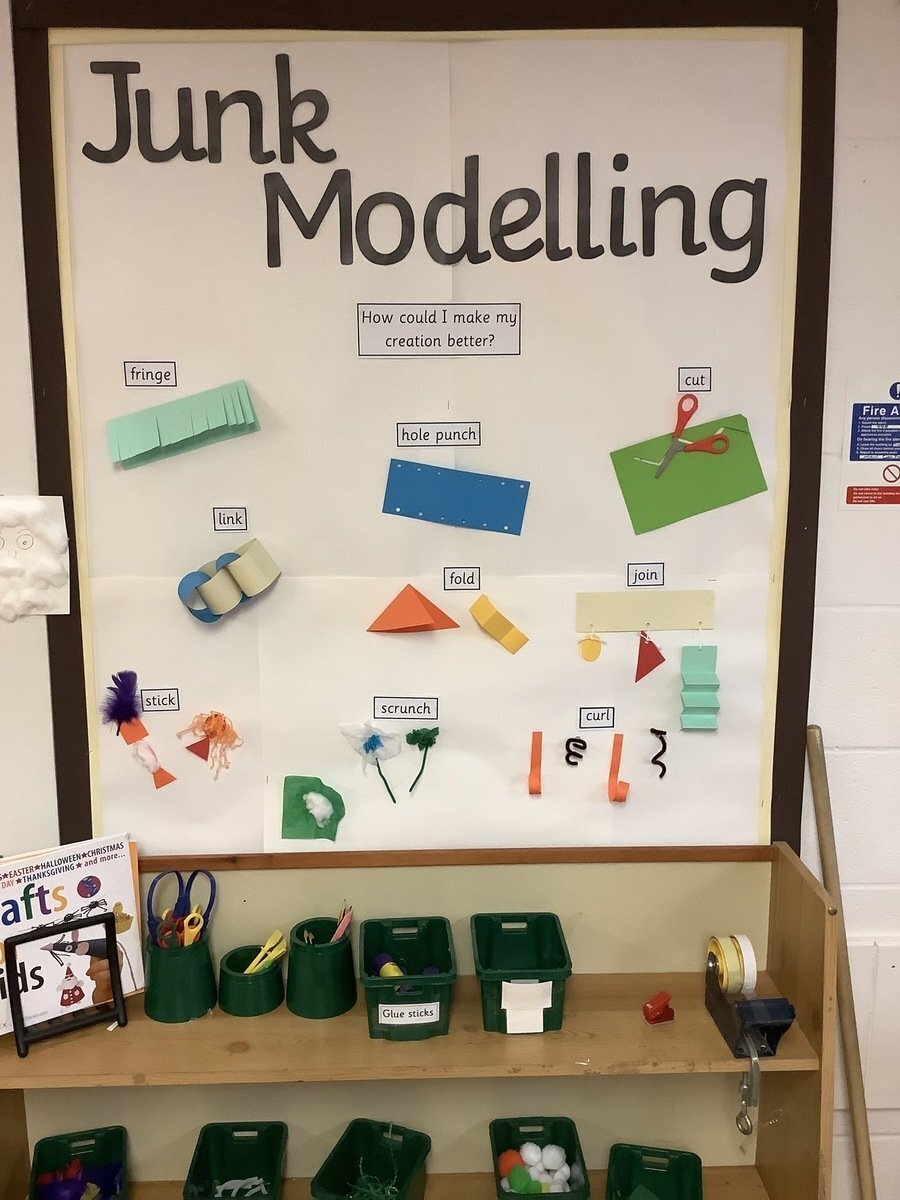Design Technology Intent and Implementation
At Carlton, children receive a design and technology curriculum which allows them to exercise their creativity through designing and making. The children are taught to combine their designing and making skills with knowledge and understanding in order to design and make a product. Skills are taught progressively to ensure that all children are able to learn and practice in order to develop as they move through the school. Evaluation is an integral part of the design process and allows children to adapt and improve their product, this is a key skill which they need throughout their life. D&T allows children to apply the knowledge and skills learned in other subjects, particularly Maths, Science and Art.
Our whole curriculum is shaped by our school vision which aims to enable all children, regardless of background, ability, additional needs, to flourish to become the very best version of themselves they can possibly be. We teach the National Curriculum for design and technology, supported by a clear skills and knowledge progression. This ensures that skills and knowledge are built on year by year and sequenced appropriately to maximise learning for all children. All teaching of DT should follow the design, make and evaluate cycle. Each stage should be rooted in technical knowledge. The design process should be rooted in real life, relevant contexts to give meaning to learning. While making, children should be given choice and a range of tools to choose freely from. To evaluate, children should be able to evaluate their own products against a design criteria. Each of these steps should be rooted in technical knowledge and vocabulary. DT should be taught to a high standard, where each of the stages should be given equal weight. The key skills we teach the children are:
- sewing and textiles
- cooking and nutrition
- electrical and mechanical components
- Using materials











